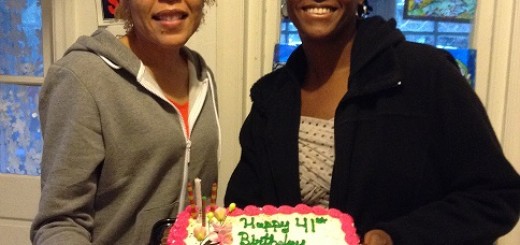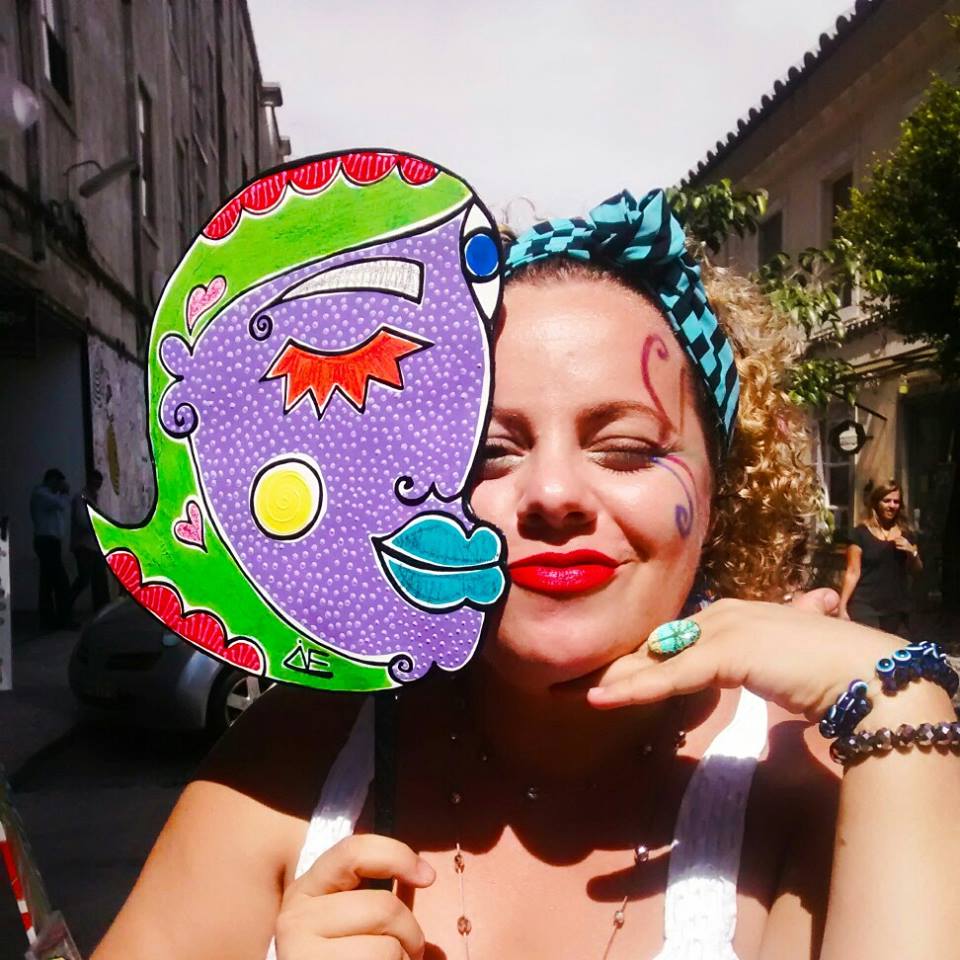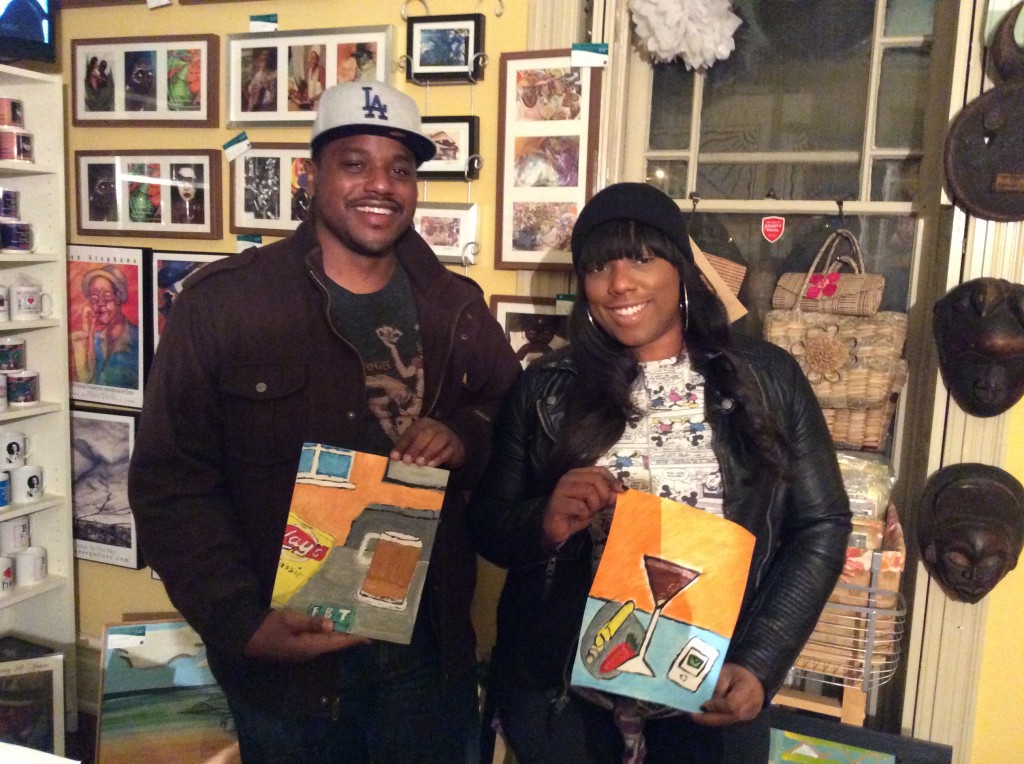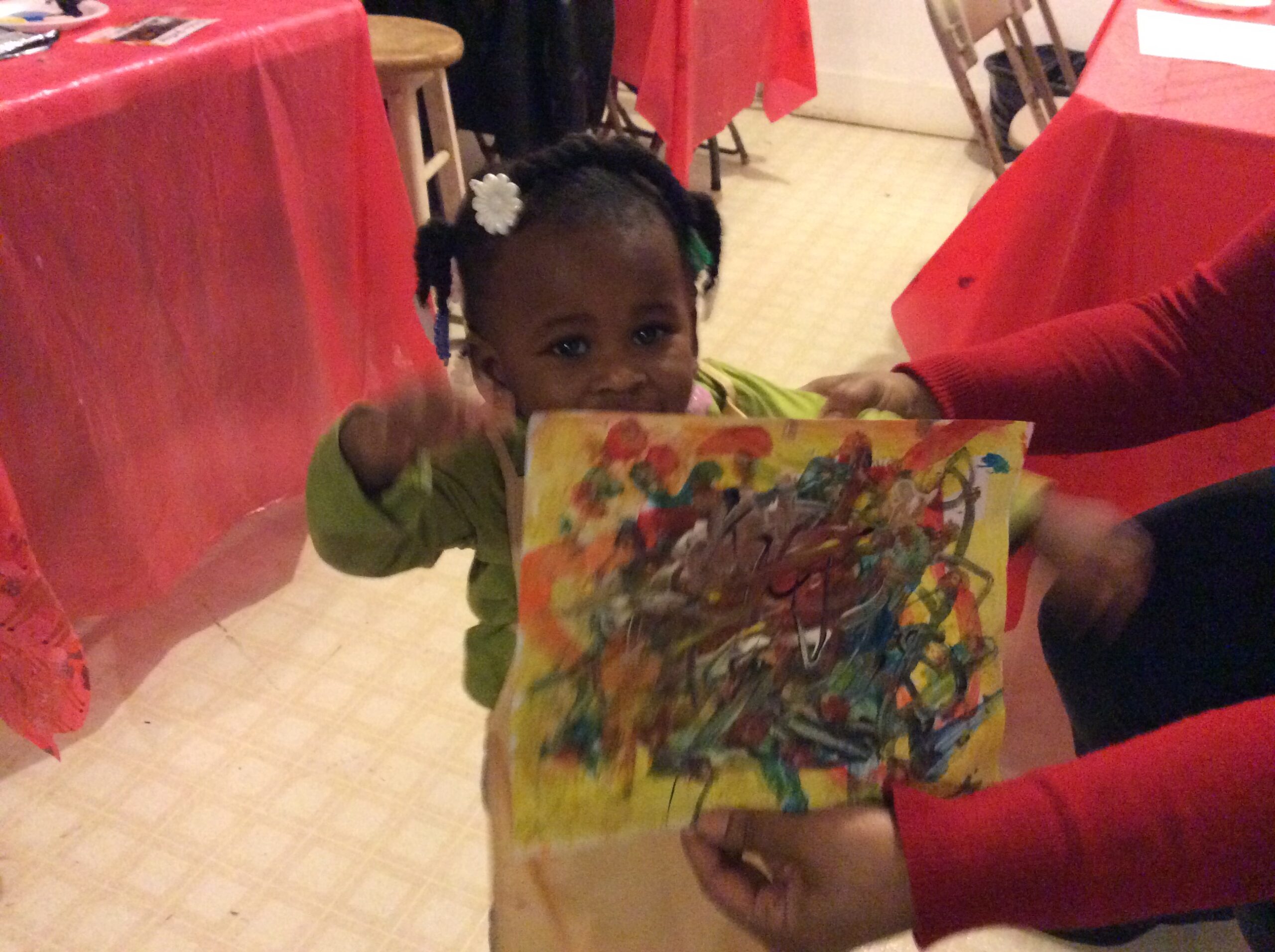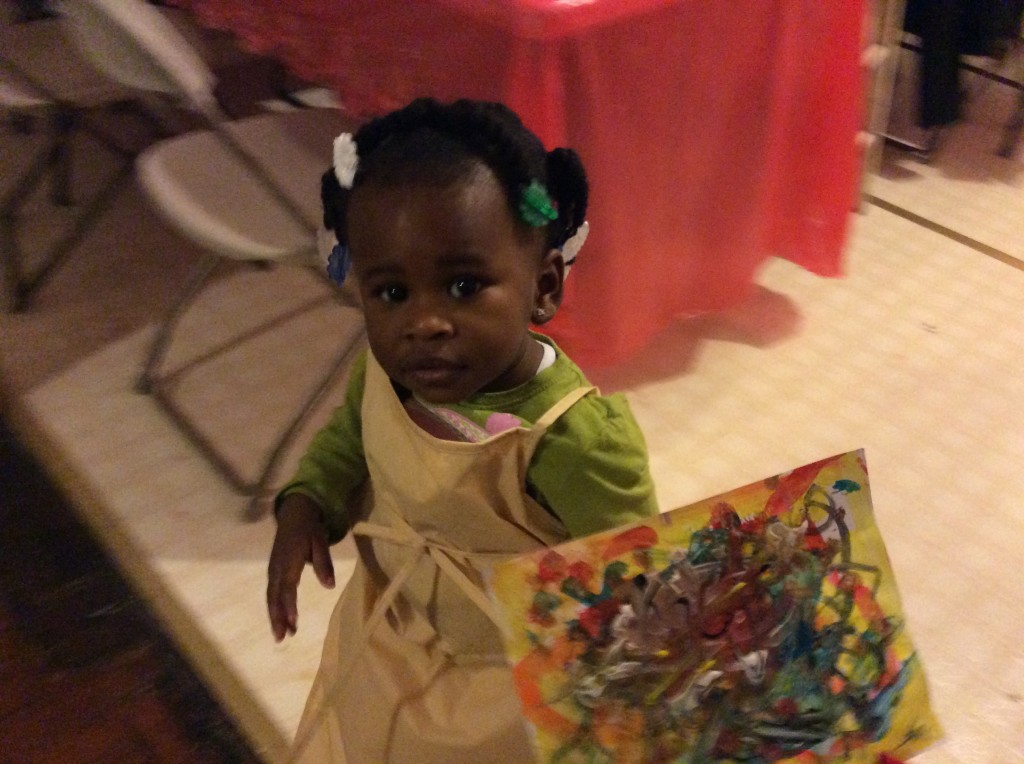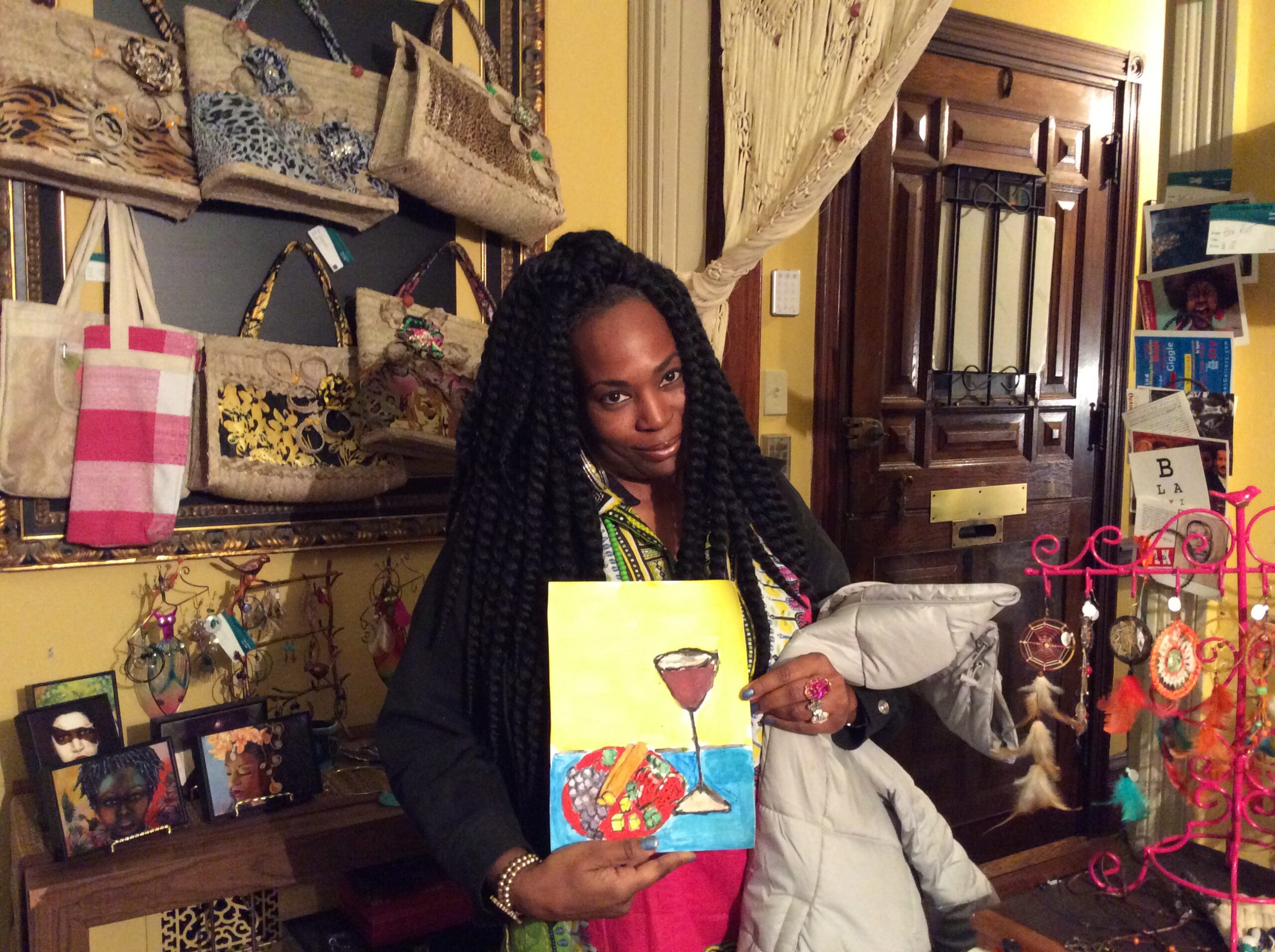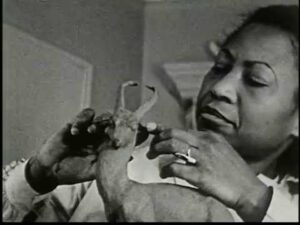
Artist, activist, educator. Born Augusta Christine Fells on February 29, 1892, in Green Cove Springs, Florida. An important African-American artist, Savage began making art as a child, using the natural clay found in her community. She liked to sculpt animals and other small figures. But her father, a Methodist minister, didn’t approve of this activity, and did whatever he could to stop her. Savage once said that her father “almost whipped all the art out of me.”
Despite her father’s objections, Savage continued to make sculptures. When the family moved to West Palm Beach, Florida in 1915, she encountered a new challenge??a lack of clay. Savage eventually got some materials from a local potter and created a group of figures that she entered in a local county fair. Her work was well-received, winning a prize and the support of the fair’s organizer, George Graham Currie. He encouraged her to study art.
After a failed attempt to establish herself as a sculptor in Jacksonville, Florida, Savage moved to New York City in 1920s. She struggled financially throughout her life, but was able to study art at the Cooper Union, which did not charge tuition. After a year, the school gave her a scholarship to help with living expenses. Savage excelled there, finishing her course work in three years instead of the usual four.
While at the Cooper Union, she had an experience that would influence her life and work in 1923. Savage applied to a special summer program to study art in France, but was rejected because of her race. She took the rejection as a call to action, and sent letters to the local media about the program selection committee’s discriminatory practices. Savage’s story made headlines in many newspapers.
Despite her efforts, the committee refused to change its mind. Although disappointed, Savage found success in other areas. She started to make a name for herself as portrait sculptor. Her works from this time include portraits of such leading African Americans as W. E. B. DuBois and Marcus Garvey. Savage was considered to be one of the leading artists of the Harlem Renaissance, an African-American literary and artistic movement of the 1920s.
Eventually Savage did get her opportunity to study abroad. Several family crises delayed her for some time, but she finally got her chance. Savage won a Julius Rosenwald fellowship in 1929, based in part on her sculpture of her nephew entitled Gamin. The work depicted??with lifelike vitality??a young street child. Savage spent time in Paris and found support for her work there. She exhibited at the Grand Palais and won a second fellowship to continue her studies another year. Another grant allowed her to travel in Europe.
Savage returned the United States in 1932 while the Great Depression was in full swing. With portrait commissions hard to come by, she began teaching art and established the Savage Studio of Arts and Crafts. Savage helped many young African-American artists, including Jacob Lawrence and Norman Lewis. She also lobbied the Works Projects Administration (WPA) on behalf of African-American artists to help them find work during this time of financial crisis and helped to found the Harlem Artists’ Guild. This led to a directorial position at the WPA’s Harlem Community Center, which offered art instruction for all kinds of students.
Highly regarded as an artist, Savage was commissioned to create a sculpture for the 1939 New York World’s Fair. Inspired by some of the lyrics of the poem “Lift Every Voice and Sing,” she created The Harp. The work re-interpreted the musical instrument to feature African-American faces??depicted as if they were singing??appeared at the top of the harp strings, and the instrument’s sounding board is transformed into a hand and arm. In the foreground, the figure of a young man kneeled, offering music in his hands. Although this is considered to be one of her major works, The Harp was destroyed at the end of the fair.
In 1940, Savage moved out of the city to live the Catskill Mountains area. She spent more time teaching art than actually making art at this time. One notable work from this era was The Pugilist (1942)??a confident and defiant figure who appears prepared to take on whatever might come his way.
During her life, she was unlucky in love. She married John T. Moore in 1907, but he died soon. A few years later, she married James Savage, but that union ended in divorce. In 1923, she married Robert L. Poston, an associate of Marcus Garvey, but he died the next year. She had one daughter, Irene. When she became ill late in her life, she moved back to New York City to be with her daughter and her family.
Savage died of cancer on March 26, 1962, in New York City. While she was all but forgotten at the time of her death, Savage is remembered today as a great artist, activist, and arts educator, serving as an inspiration to the many that she taught, helped, and encouraged.
Like this:
Like Loading...

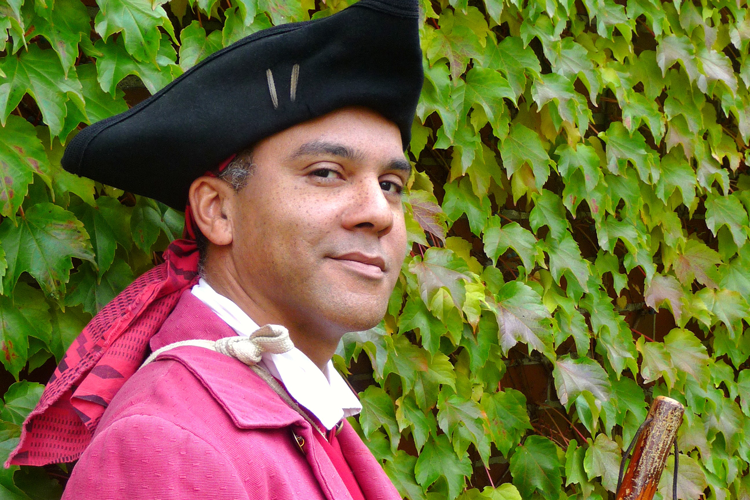
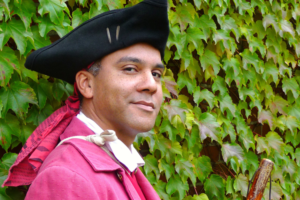
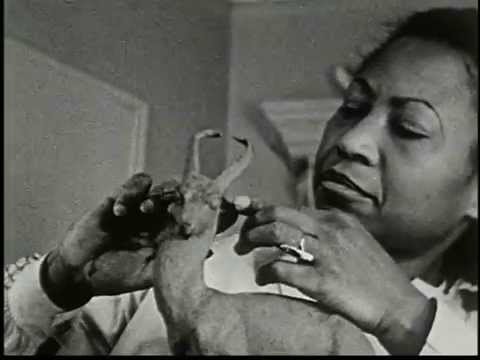


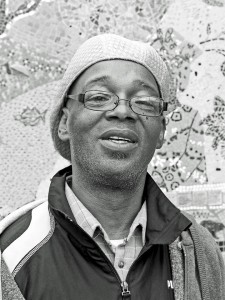
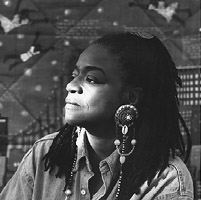
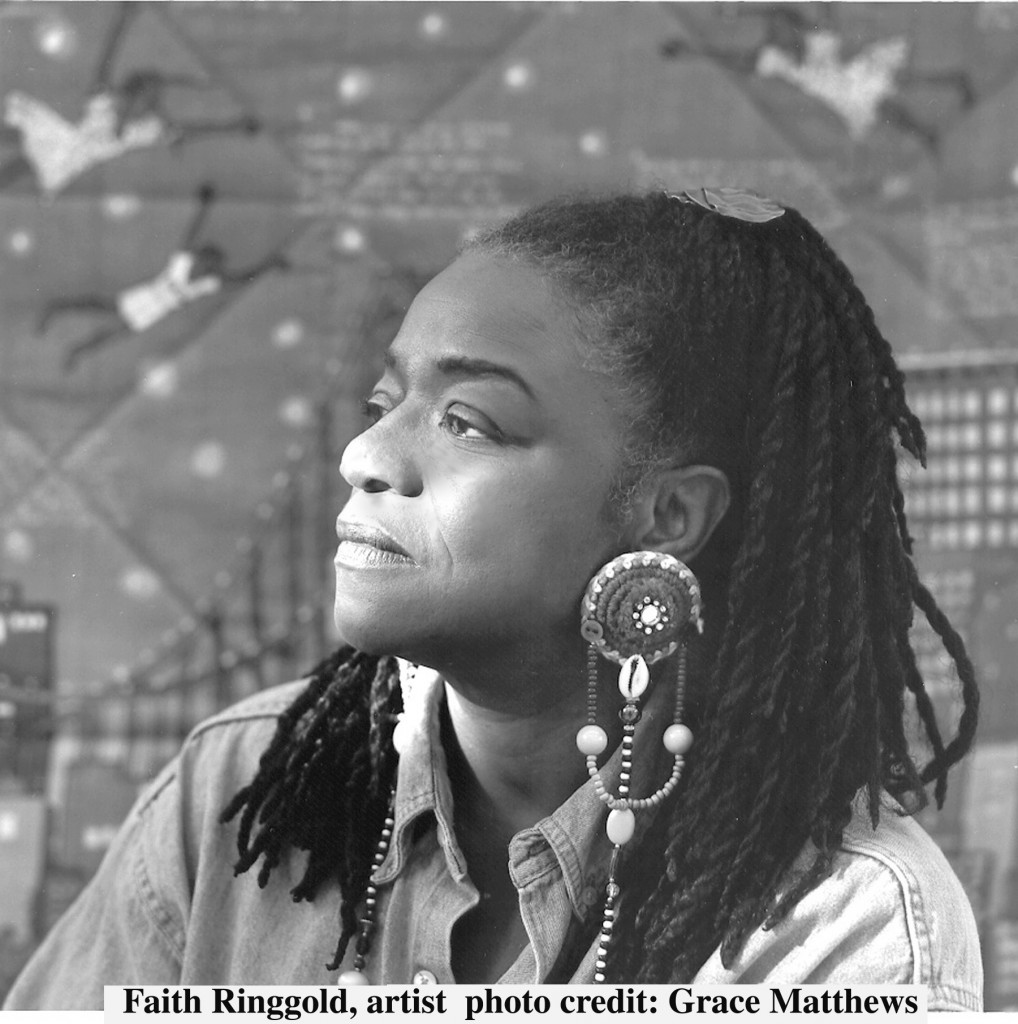
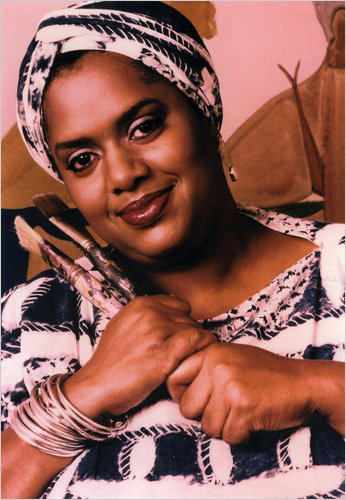
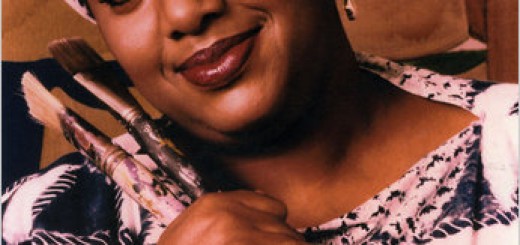
![IMG_6650[1]](https://octobergallery.com/wp-content/uploads/2016/02/IMG_66501-scaled.jpg)
![IMG_5342[1]](https://octobergallery.com/wp-content/uploads/2016/02/IMG_53421-520x245.jpg)
![IMG_2631[1]](https://octobergallery.com/wp-content/uploads/2016/02/IMG_263111-scaled.jpg)
![IMG_2631[1]](https://octobergallery.com/wp-content/uploads/2016/02/IMG_26311-520x245.jpg)
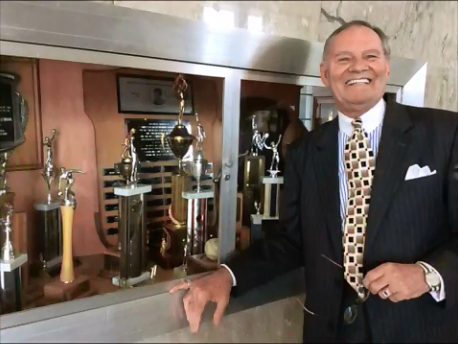

![IMG_7528[1]](https://octobergallery.com/wp-content/uploads/2016/02/IMG_752811-scaled.jpg)
![IMG_7528[1]](https://octobergallery.com/wp-content/uploads/2016/02/IMG_75281-520x245.jpg)
![IMG_7521[1]](https://octobergallery.com/wp-content/uploads/2016/02/IMG_75211-scaled.jpg)
![IMG_7523[1]](https://octobergallery.com/wp-content/uploads/2016/02/IMG_752311-520x245.jpg)

